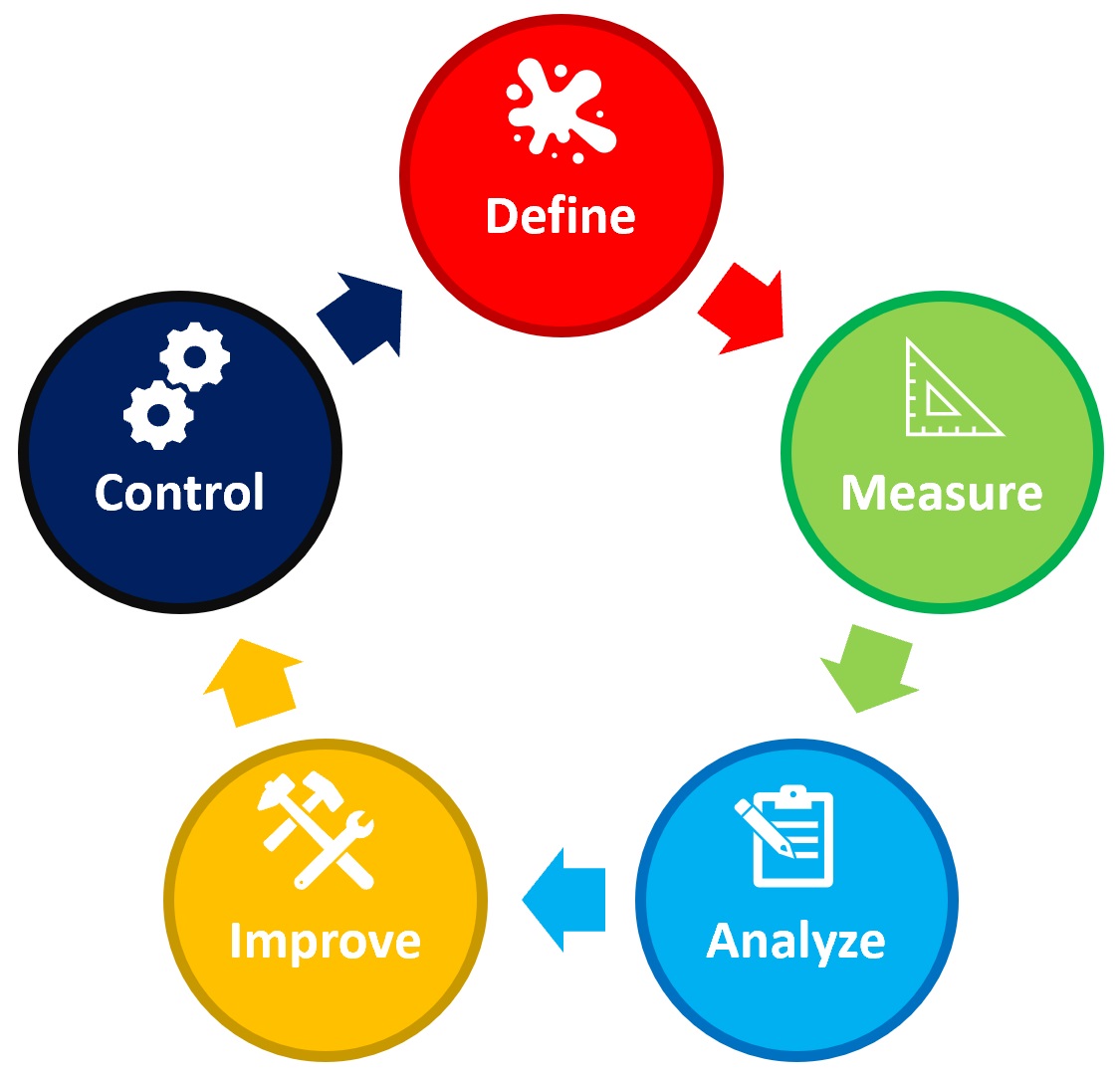Cincinnati Residents - Learn Lean Six Sigma’s History Here
Contact Us

Lean Six Sigma is a well-known methodology that helped to overcome Japan’s market dominance back in the 80s when American industries were falling behind in terms of their products and services. Sigma has become more popular and is being used by many people as it has proven to be beneficial for both students and professionals. You can implement it in your daily life to improve your personal growth and achieve better results as long as you have the right training and certification. At Lean Six Sigma Curriculum for Cincinnati High School Students of Ohio, we will introduce you to the methodology, starting with the history and ensuring you know what every part and detail of it is about.
We urge you to read history as it will explain how LSS became a tool that not only enhances industries but also adds value to the lives of practitioners and individuals.
Let’s start by saying that Lean Six Sigma is a combination of Japanese management principles and original methodologies like Six Sigma or Lean. These last two can be traced all the way back to the United States.
Kaizen has a significant influence on the field of methodology as well. It is the one that helped boost Japanese companies in the 1980s as it emphasizes cooperation, commitment, and striving for customer satisfaction. LSS took several elements from it so American companies could achieve great results.
Although this was the most important method that allowed growth in the 1980s, it wasn’t the only one. Other methods were also introduced in years prior and during the same decade.
LSS was influenced by other methods, but that doesn’t mean we need to examine each one individually to understand how they work and how they have advanced in history.
Let’s instead focus on the history of Six Sigma and Lean and the reasons why LSS remains viable and even crucial in today’s market.
Lean & Six Sigma: What We Know About Them
It is important to understand the differences between these two methodologies since most people tend to believe it is just another way to call LSS when they are two entirely different methods.
Although LSS is partially a combination of both, it adds more principles and elements to the final formula. In addition, each methodology is unique as each one of them has its own principles, basic concepts, and structures.
Lean, because of its structure and principles, is often seen as a way to decrease waste while increasing customer satisfaction. Many people refer to Lean’s origins when referring to Toyota and its implementation.
Toyota was involved in the creation of the Toyota Production System (or TPS) system. John Krafcik (a researcher at MIT) was part of the development of the system. He came up with the most important information about Lean and how it helped processes.
He was searching for a name that would describe the TPS system. On a whiteboard, he wrote down the differences between Toyota’s system and traditional production. He concluded that Toyota’s system requires less of everything to create value and that efficiency can be achieved in fewer steps.
This is how Lean was created quickly. Since then, it has focused on reducing waste and other activities and boosting businesses in all areas so individuals can get the most out of their efforts and reduce costs along with increasing revenues.
Six Sigma is an American-based methodology that dates back to the 1980s. Six Sigma was created by Motorola to address problems the company faced with foreign companies regarding productivity and problems without solutions within the processes.
The methodology helped Motorola achieve its goal of a tenfold increase in five years, as set by Bob Galvin, the company’s CEO.
This plan was focused on global compatibility and improving participative management, quality, and productivity as well as how we can continually develop new strategies. Motorola quickly adopted Six Sigma, and all employees were trained in its use.
Six Sigma and Lean both recognize the importance and value of change. This is why they work well together to build LSS around their principles while adding details.
Where Does This Leave Lean Six Sigma?
LSS has been used in many different ways throughout history. It can increase productivity, and efficiency, decrease waste and improve quality. It can be used in many other areas besides the common one: manufacturing. The structure allows practitioners to concentrate on the project’s specific issues and projects as well as long as they understand how to utilize all tools and structures provided by the methodology.
Let’s look at the key benefits of using the three methods that influenced LSS to understand how it grew in the 1980s.
Lean helps employees, as well as companies, better understand customers and prioritize their needs. Then, they can focus on the company’s core value stream and processes in order to achieve perfection.
Six Sigma is committed to excellence, and Kaizen ensures customer satisfaction more than any other.

Lean Six Sigma can help professionals, students, and individuals and, essentially, helps achieve all the above results without having to go through every step or methodology. This is a great method to assist individuals, businesses, and practitioners in:
- Learn how to reduce waste.
- Increase efficiency.
- Reduce errors.
- The company will be less at risk.
- It is possible to improve your time management.
- Lower costs translate into higher revenues and better wages.
- Get motivated.
- Innovation and leadership.
For more information, contact our Lean Six Sigma Curriculum Pros of Cincinnati. Our experts will teach your students and employees the methodology to help them become problem solvers, continuous improvement specialists, team builders, and more.
We want you to feel valued and to enjoy all that each job offers. We are here to help you, even if you feel alone.

